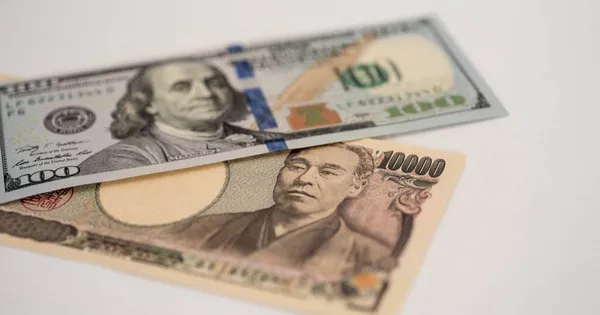GBP/JPY rose on Monday, but there was a lack of follow-through buying.
The Bank of England owes the hawks a key factor preventing GBP/JPY from rising.
The Bank of Japan’s more dovish stance acts as a “tailwind” for GBP/JPY and prevents GBP/JPY from falling.
GBP/JPY rose at the opening of the Asian market on Monday, but struggled below the 181.00 integer mark, making it difficult to continue this trend. GBP/JPY is currently trading around the 180.70-180.75 area, with no surprises throughout the day. The fundamental background is mixed. Investors need to be cautious before making aggressive directional bets.
The Bank of England (BOE) signaled last week that the tightening cycle may be nearing its end, which was bearish for the pound and limited the upside in GBP/JPY crosses. It is worth recalling that the Bank of England has described its current monetary policy stance as “restrictive” and has forced investors to lower their peak interest rate expectations. Nonetheless, the more dovish stance of the Bank of Japan (BoJ) continues to weigh on the Japanese Yen (JPY), which should prevent GBP/JPY downside, at least for now.
It is worth recalling that the BoJ took steps at the conclusion of its July monetary policy meeting to make the bond yield control curve policy more flexible and fuel speculation that the BoJ is about to abandon its ultra-loose monetary policy. However, BOJ Governor Kazuo Ueda acted quickly to dampen speculation of an early end to negative interest rate policy and reiterated that the central bank would not hesitate to ease policy further. At the same time, it also said that it will take more time to achieve the 2% inflation target on a sustained basis.
In addition, a summary of the Bank of Japan’s opinions released on Monday showed that policymakers generally support the need to patiently continue the current monetary easing policy to achieve the price stability goal. This suggests the GBP/JPY cross has the least resistance to the upside. So, with no major UK data due on Monday, it would be prudent to wait for strong follow-through selling before preparing for GBP/JPY to extend last week’s losses from near one-month highs.


